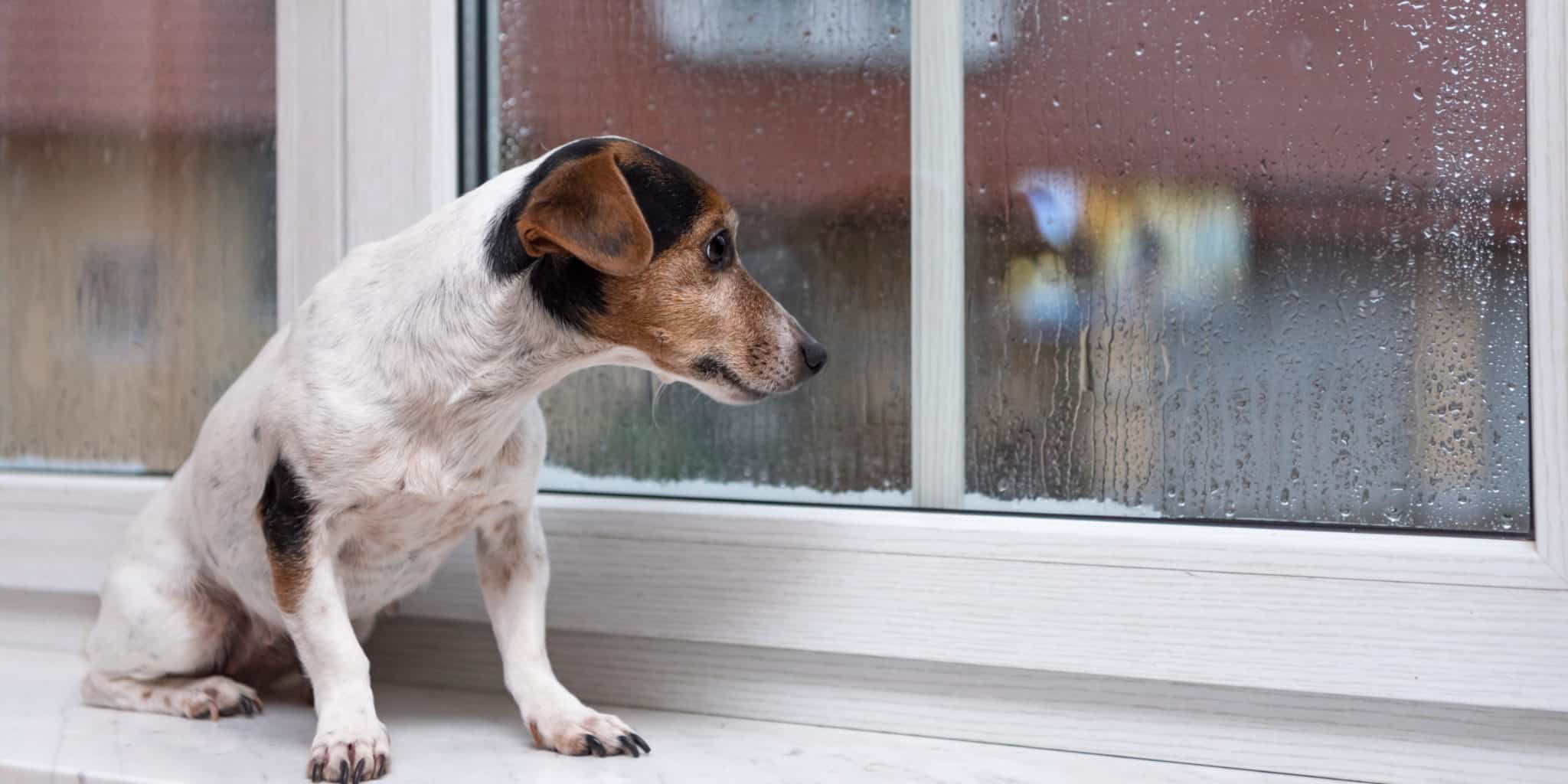Helping your dog adjust to your return to work whilst you are still at home.
Our dog have probably loved lockdown, having the family around, and being walked so much!
Whilst many of us are still at home now, there are ways that we can start preparing our dogs for when we are back at work again. Remember, the dogs won’t understand why you are there every day and then suddenly leaving them alone again.
The idea is to ease them gently into having time alone. To remind them that being alone isn’t scary.
Remember: dogs love routine. It sets their expectations and makes them feel safe, so maybe take some time away from your dog at the same times each day, and gradually increase these.
Take some time away from your dog:
Leave your dog inside while you go outside to hang out the washing or do some gardening
Go for a walk without your dog
If you are working in one room, close the door and leave the dog in another room for an hour
Do not allow them to follow you around the home from room to room.
Provide independent playtime for mental stimulation such as a fresh bone, antler to chew, Kong treat or a Licki mat or interactive toy
Leave the house more frequently and increase the duration each time. This will help your pet get used to the idea of you being away, and that you always come back.
If your dog normally spent their time in a crate or behind a stairgate while you were at work, it might be an idea to let them take their naps there, and this helps them to get used to their not being by your side all day.
Test his behaviour when you leave and return to the house:
Walk out the door and lock it. Wait a few minutes before you come back in. Do you hear your dog barking, whining or scratching at the door?
When you come back into the house, remain calm, and don’t immediately praise or give your dog attention, hang up your coat and bag first, and then greet your dog.
In all instances, you want to leave the house in the same way that you would if you were leaving the house for work. Therefore if you give your dog a particular treat before leaving or if you leave them in a certain room when you are out of the house then do this too, even for your little trips outside.
As you prepare to go back to work.
When you leave your dog in a room, decide which is the safest room, where there is nothing valuable or dangerous, preferably with a lino not carpet floor.
Leave a radio on quietly, so there is some background noise.
If your neighbours are not returning to work or at home, maybe ask them to keep an ear out for your dog during the day and check with them when you return home. Home cameras are becoming popular, and if you buy a two way one, you can talk to the dog when you are out of the home.
Maybe in a few weeks when lockdown eases, and you have a family member or close friend nearby who isn’t returning to work you could ask if they can look after your dog for a few hours.
Take your daily walks at the time you would each morning or evening. Start running through your morning work routine every day: get ready, make breakfast, pick up your handbag, leave the house and start your car, or take a walk. This is a great way for your dog to start getting used to your new work routine again. Dogs really do pick up on routines.
As we have been at home, maybe your dogs waking up times or meal times have changed. Start reinstating their old meal times and walk times.
Maybe even don’t feed them, walk them or play in the garden with them during the hours when you would be out the house at work.
Know the signs of separation anxiety.
Your dog may begin to show signs of stress or agitation – pacing or panting – if they can see you getting ready to go out. Your dog may begin barking and or howling within minutes of you closing the front door. Maybe you can hang around quietly to listen out for them.
It is common for a dog with separation anxiety to be destructive if you are out. This could be chewing door frames, digging the carpet at doors, or destroying the sofa. They may even look for ways to escape, so beware open windows.
Dogs will often toilet if they are stressed – but please bear in mind that a puppy may do this anyway, so it may not always be a sign.
When you return home your dog might act as though he hasn’t seen you for a year. Not all pets can calm themselves. They could be stressed or bored too.
Helping your dog release energy is a great way to help ease their mental stress, and make them too tired to be destructive. Before work, take them on a long walk, or play fetch in the garden.
Ironically, leaving the dog the roam of the house when you are out can be a bad thing, maybe restrict them to one or two rooms whilst you are out.
